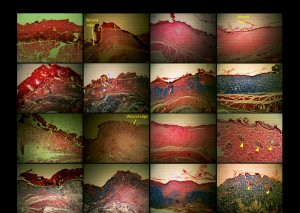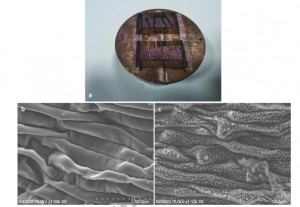Degradation of 4-chlorophenol in a Dielectric Barrier Discharge Plasma System

Abstract
Being produced by chemical industries both as precursor and direct chemical for synthesis and other processes, hazardous and persistent chemical pollutants are drained into water sources. What is more, perpetual growth of consumerism in developing countries has culminated in pollution and shortage of water resources across the globe, which is an alarming trend for future generations. Meanwhile, most of industries produce persistent organic pollutants which not only are they carcinogenic, but also they have detrimental effects for environment and groundwater and they remain in water cycle and are not degraded by common water purification processes. For them to be effectively and optimally purified and minerlazied, advanced oxidation processes have been proposed recently.
In this dissertation, chlorophenols and amongst them 4-chlorophenol have been investiged. Chlorophenols (CPs) are frequently found in industrial effluents that are generated by the manufacturing of plastics, resins, textile, steel and paper. These contaminents constitute an important category of organic pollutants and some of them are identified as carcinogens and environmental endocrine disruptors. Dielectric Barrier Discharge (DBD) plasma has been applied for degradion of this contaminant. Reactive oxidative agents having high oxidation potentials are formed in plasma reactor to degrade and convert the contaminant. In order to measure the potential effect of the plasma reactor for degradation of the contaminat, GC and HPLC analysis have been conducted. Also for investigation of by-products in reactor, GC-MS and COD analysis have been carried out, and for investigation reactive species produced during degradation process Optical Emission Spectroscopy analysis has been performed.
In order to optimize and enhance the reactor’s removal efficiency, Oxygen and Argon bubbles fed through the discharge zone inside the reactor. Also effect of increasing the applied voltage has been investigated. Plasma degradation process has been compared to Ozonation which is one of the common processes of water purification. At last, several pathways leading to removal and degradation of the contaminent has been proposed.












